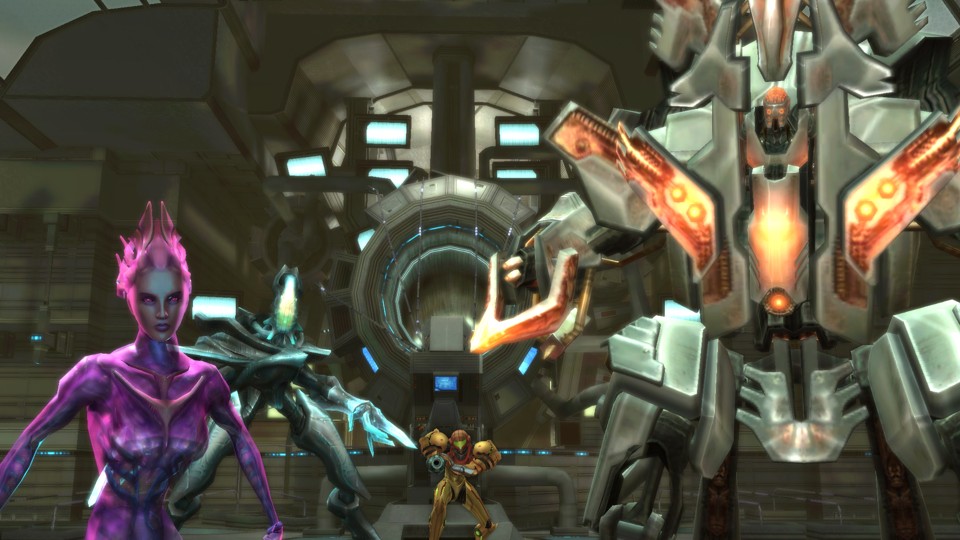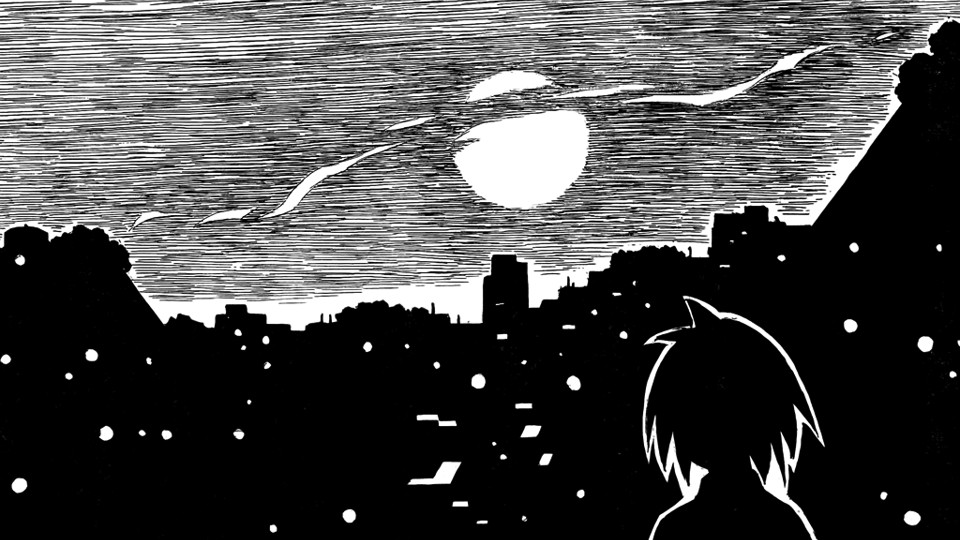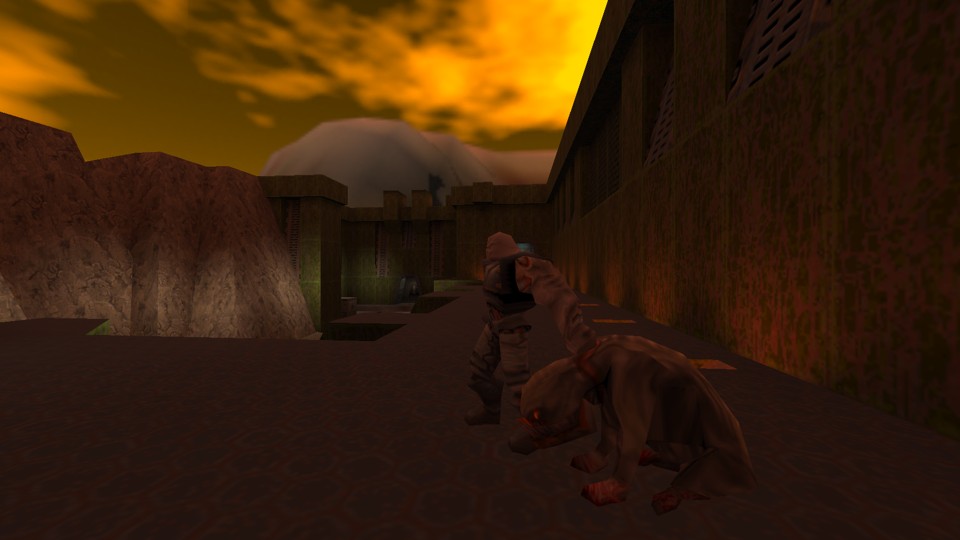Summary for December 2025
I want to ride my bike, apparently
Maybe I just wanted something simple, but I enjoyed Goosebumps: Terror in Little Creek. It’s a pretty straightforward, lite version of Resident Evil. There are plenty of puzzles and stealth elements, as well as some combat. Nothing outstanding, just a good, spooky adventure.
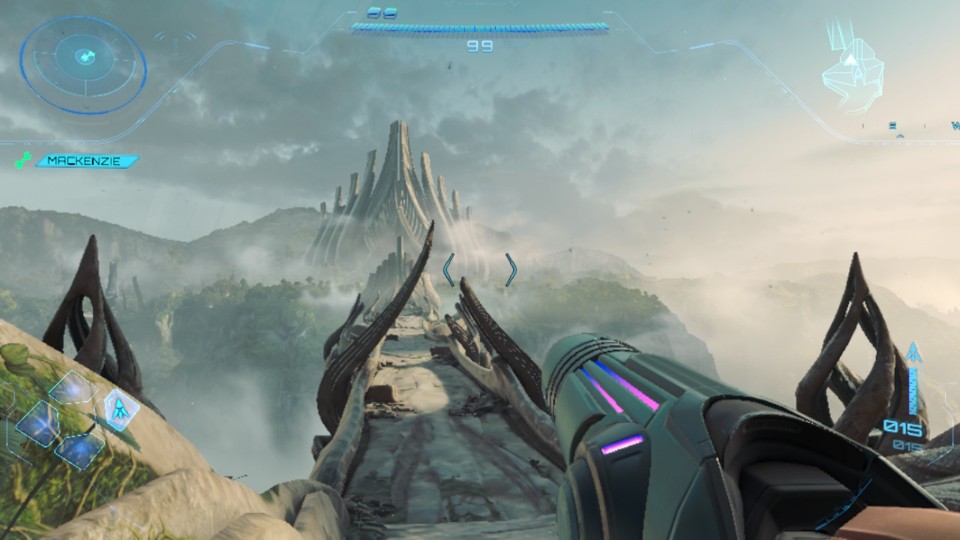
The core of the Prime games is firmly present in Metroid Prime 4: Beyond. The developers updated some features (most of my complaints have been addressed) to make it feel more modern without removing anything. It’s a good, substantial game that isn’t too long.
And that would’ve been that if we weren’t waiting for it basically from the release of the Switch console itself. To be honest, I was also among those wondering, for good reason, how they would change it. After the release of Breath of the Wild and Super Mario Odyssey, everyone was thinking the same thing: open world? Open levels? At least more open, right?
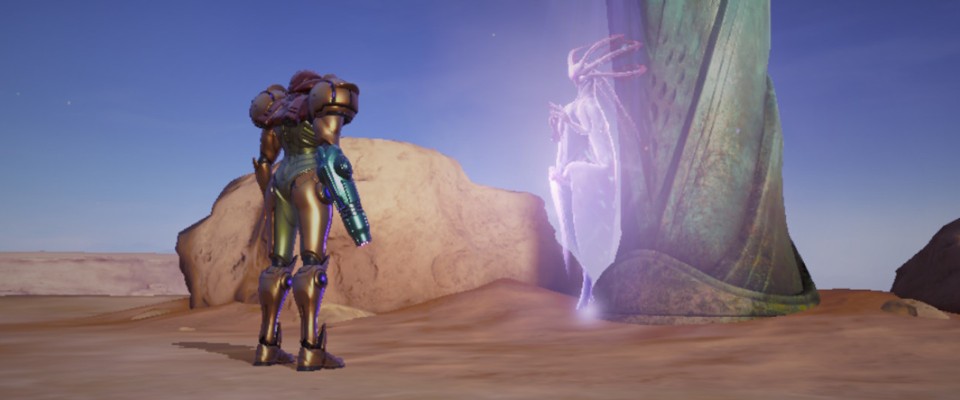
The game we got seems to have been held back in some way. There is an openness, but it doesn’t add anything significant. NPCs, cutscenes, some other minor details also feel separate from the rest of the game. None of that makes it worse, far from it. It’s just a reminder that it got stuck on a bridge without a way to fully cross or go back.
Some puzzle games make you feel very clever. Monument Valley III and the entire series make you feel how clever the developers are. I don’t mean that as a bad thing, but it is less of a puzzle game. Still, it’s very neat, good-looking, and quite enjoyable!
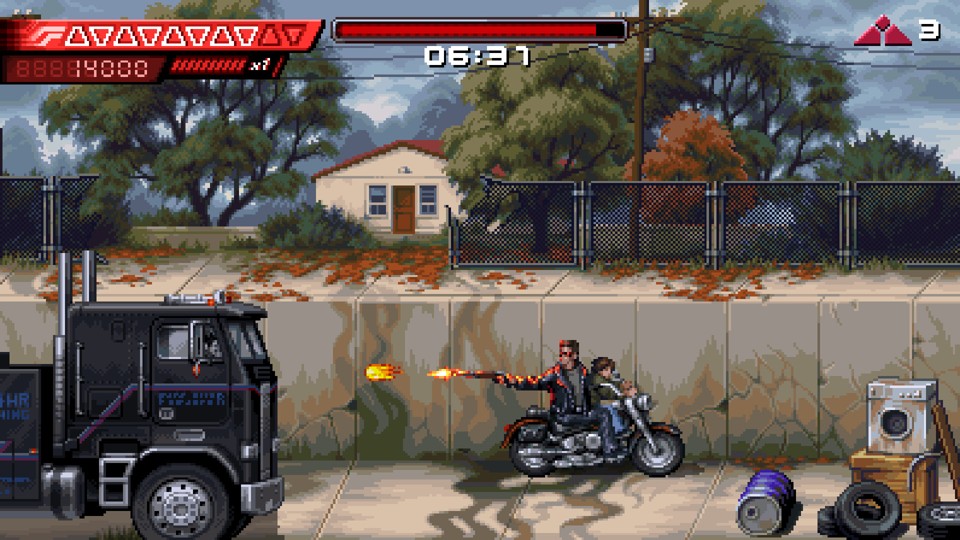
The throwbackness of Terminator 2D: No Fate is not its only selling point. Despite being pretty short, it has a good incentive to replay its campaign and offers a couple of additional modes and achievements. But it’s also just a fun game.

I’m hesitant to say, if the story of Amnesia: Rebirth is good or not. I feel that it doesn’t fall into sensationalism; it simply does what it needs to do to tell its story. However, there are subject matters where it is not my place to judge. Other than that, it is a good-looking, atmospheric game with reasonable puzzles and monsters that you can turn off (which I did, no regrets).
As far as I can tell without playing them myself, all the games from that developer are interesting because they started with a lot of problematic elements but have been deliberately moving away from them. Again, I can’t be the judge of that.
They also keep making Picross games, those fuckers.
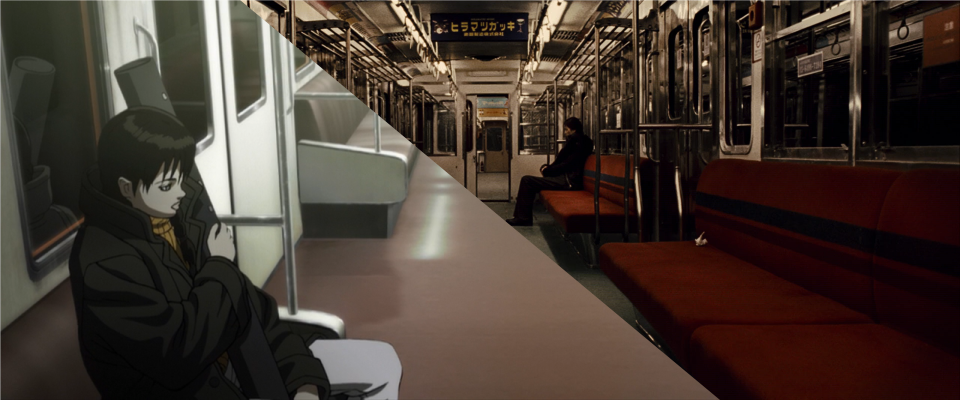
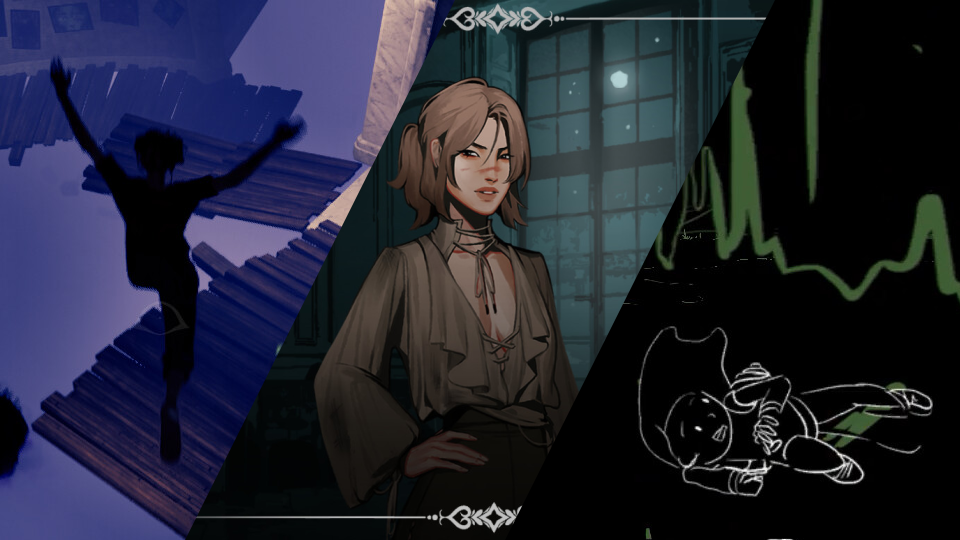

 I love Fossify apps! I use several of them: Calendar, Camera, Clock, and Gallery. However, their launcher is so basic that it’s unusable.
I love Fossify apps! I use several of them: Calendar, Camera, Clock, and Gallery. However, their launcher is so basic that it’s unusable. I hope that the death of Nova will inspire other launchers to improve. The release of a new version of Lawnchair may be an example of that. Then again, maybe I’m reading too much into it. Regardless, it is better than Fossify, but still a couple of steps away from what I want. However, those steps can be achieved! I’m keeping an eye on it.
I hope that the death of Nova will inspire other launchers to improve. The release of a new version of Lawnchair may be an example of that. Then again, maybe I’m reading too much into it. Regardless, it is better than Fossify, but still a couple of steps away from what I want. However, those steps can be achieved! I’m keeping an eye on it. It’s not one-to-one, but I managed to replicate my Nova setup. The drawer has tabs or folders, so I chose tabs.
It’s not one-to-one, but I managed to replicate my Nova setup. The drawer has tabs or folders, so I chose tabs.